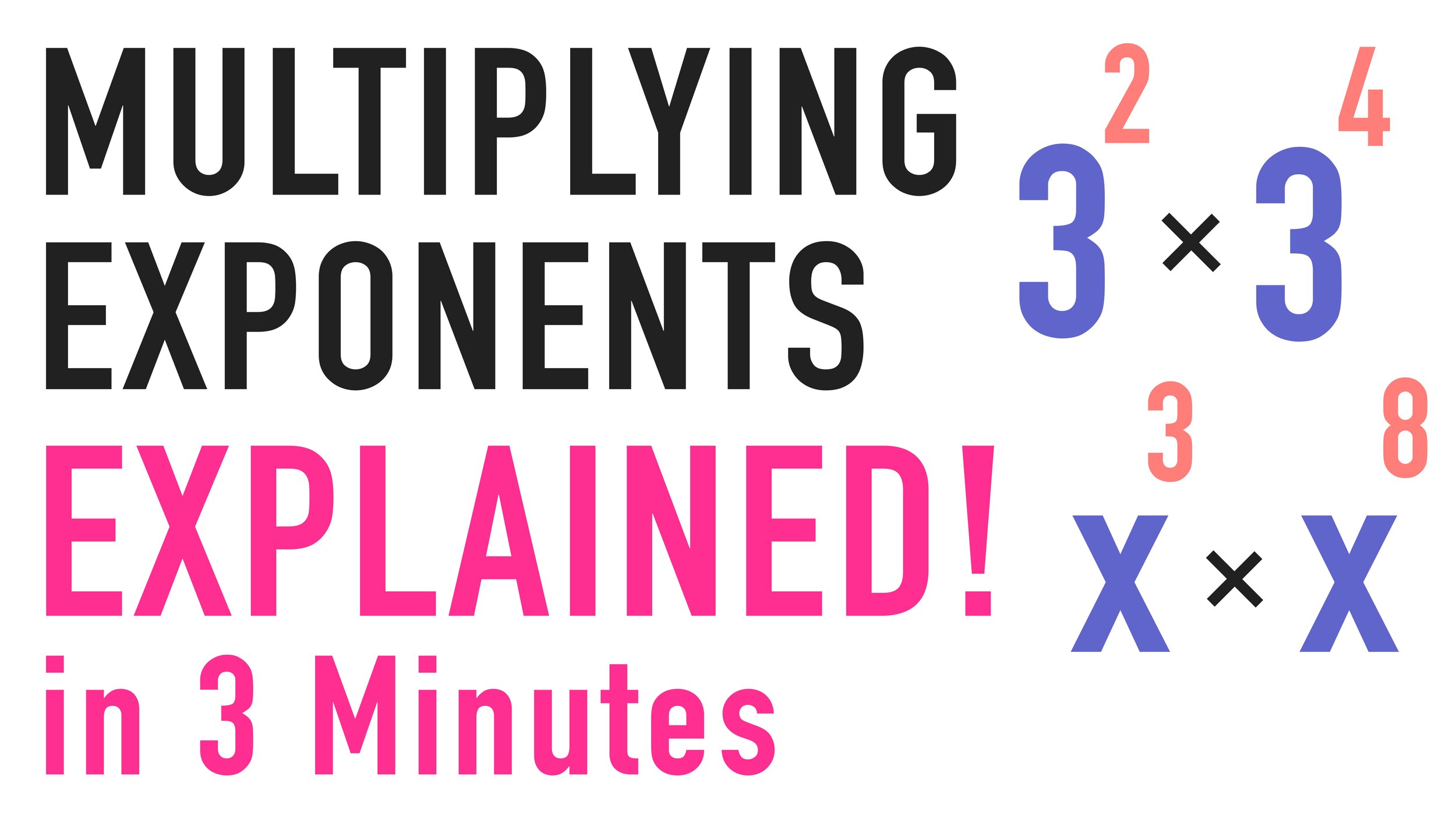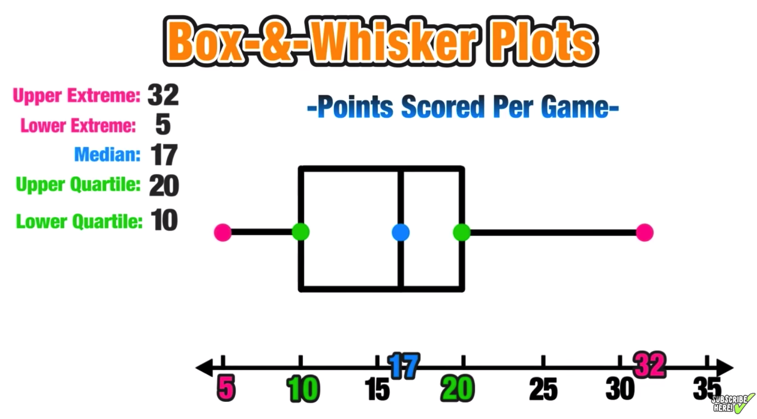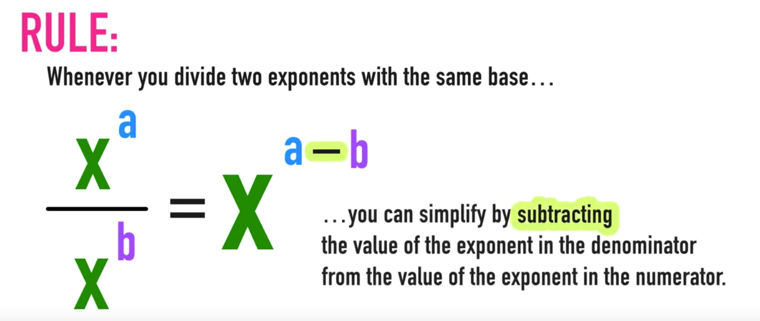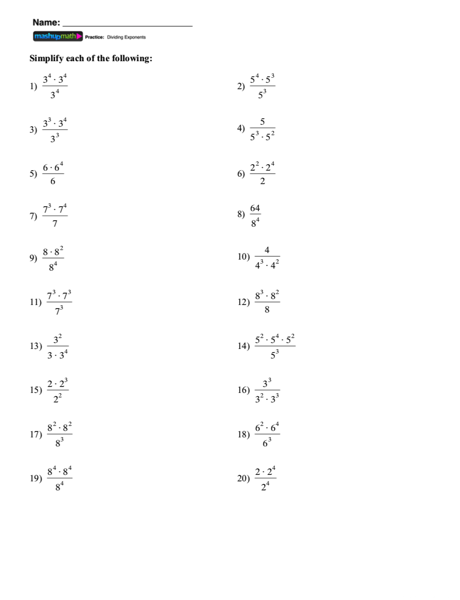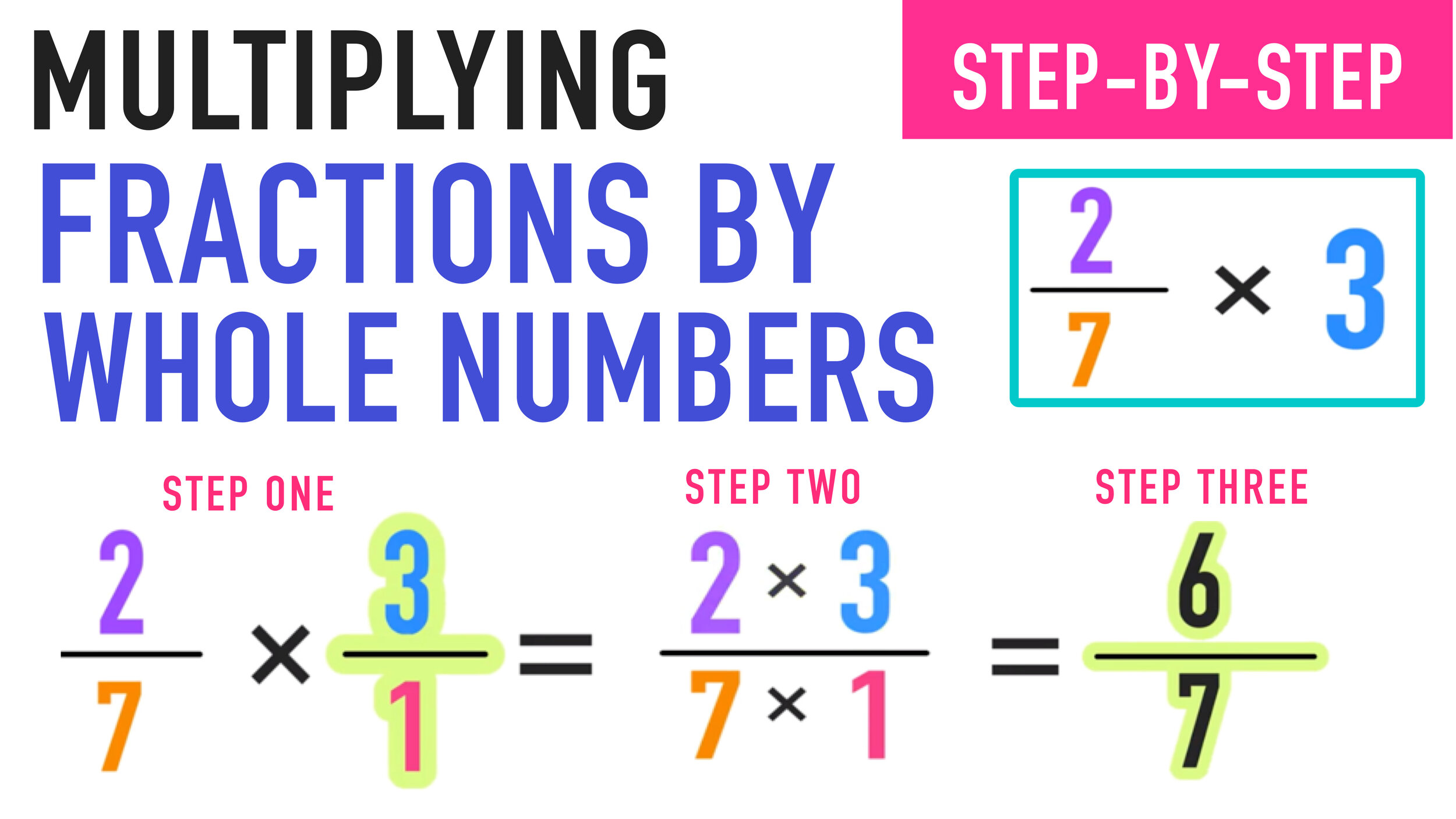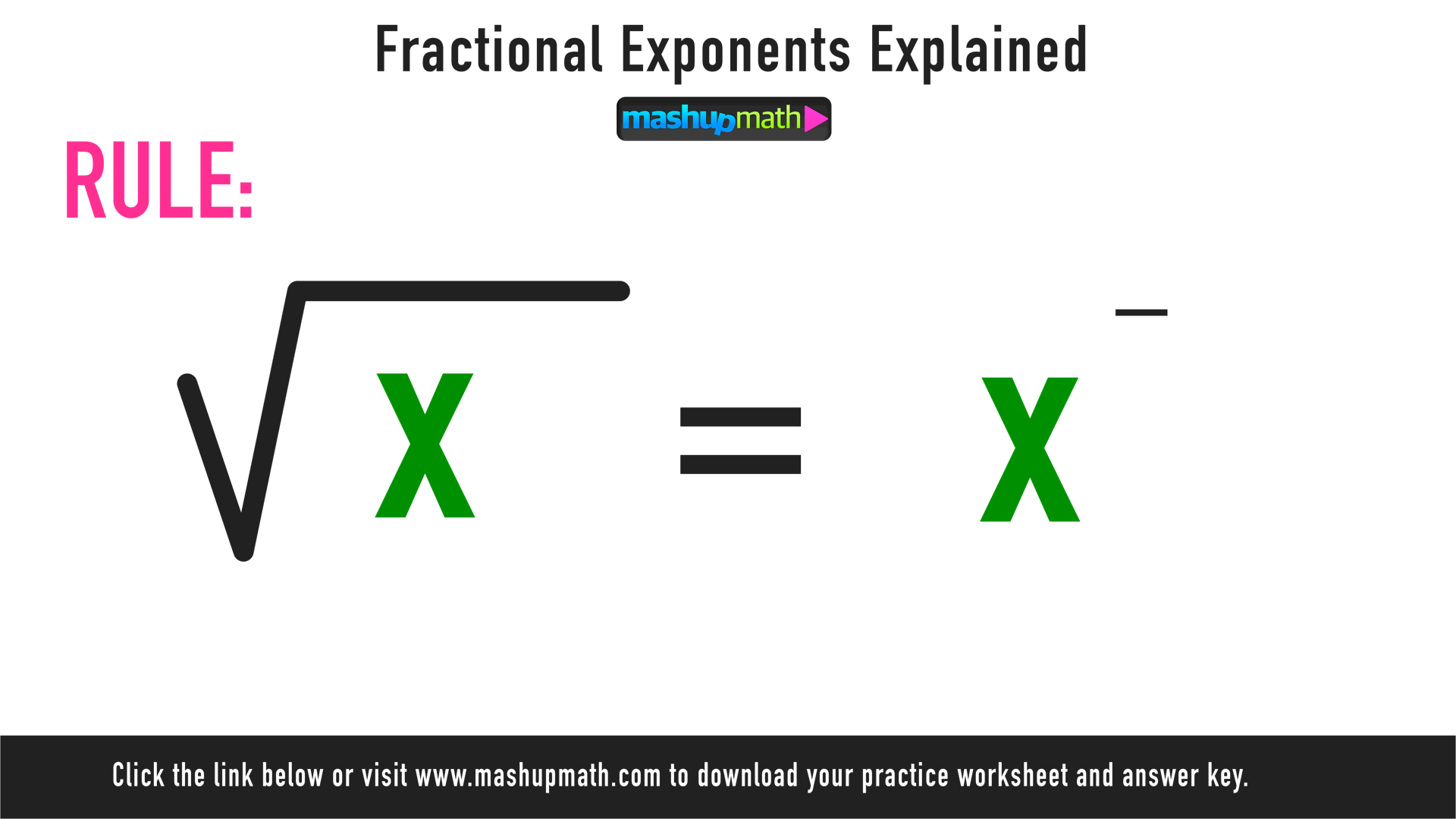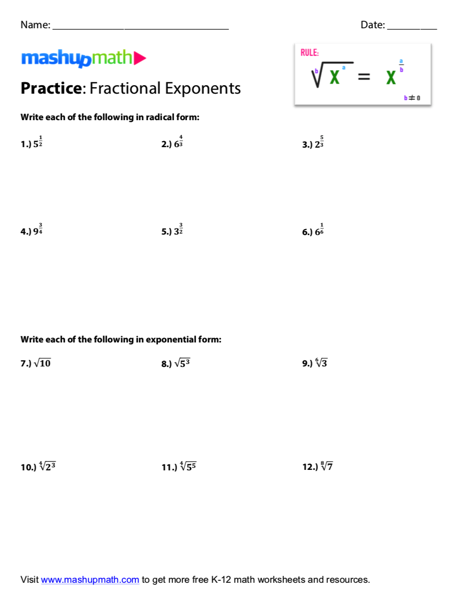Multiplying Exponents: The Complete Guide
Are you ready to master the laws of exponents and learn how to Multiply Exponents with the Same Base with ease?
This lesson is part of our Rules of Exponents Series, which also includes the following lesson guides:
Let’s start with the following key question about multiplying exponents:
How can you multiply powers (or exponents) with the same base?
Note that the following method for multiplying powers works when the base is either a number or a variable (the following lesson guide will show examples of both)
Multiplying Exponents Example
Let’s start with a simple example: what is 3^3 times by 3^2?
*Notice that each term has the same base, which, in this case is 3.
Start by rewriting each term in expanded form as follows (you won’t have to do this every time, but we’ll do it now to help you understand the rule, which we’ll get to later.)
Since we have 3 being multiplied by itself 5 times ( 3 x 3 x 3 x 3 x 3 ), we can say that the expanded expression is equal to 3^5
And we can conclude that: 3^3 x 3^2 = 3^5
But Why?
Do you notice a relationship between the exponents?
Multiplying Exponents Rule
Did you notice a relationship between all of the exponents in the example above?
Notice that 3^2 multiplied by 3^3 equals 3^5. Also notice that 2 + 3 = 5
This relationship applies to multiply exponents with the same base whether the base is a number or a variable:
Whenever you multiply two or more exponents with the same base, you can simplify by adding the value of the exponents:
Here are a few examples applying the multiplying exponents rule:
Multiplying Exponents Rule Example (Variable Base)
Example: Simplify (X^5)(X^7) ?
Solution: (X^5) (X^7) = X^12 …because 5 + 7 = 12
Multiplying Exponents Rule Example (Numerical Base)
Example: Simplify (8^3)(8^5) ?
Solution: (8^3) (8^5) = 8^8 …because 3 + 5 = 8
Multiplying Powers with the same base is as simple as that!
If you still need help, check out this free Multiplying Exponents video lesson:
Video: Multiplying Exponents Explained in 3 Minutes!
Multiplying Exponents Practice Worksheet and Answer Key
Are you looking for some extra multiplying exponents practice?
Click the link below to download your free Multiplying Exponents Worksheet (PDF) and Answer Key!
>>> Click here to get your free Multiplying Exponents Worksheet.
(answer key included)
Ready to Keep Learning? Here are More Free Related Math Resources:
Keep Learning:
Share your ideas, questions, and comments below!
(Never miss a Mashup Math blog--click here to get our weekly newsletter!)
By Anthony Persico
Anthony is the content crafter and head educator for YouTube's MashUp Math . You can often find me happily developing animated math lessons to share on my YouTube channel . Or spending way too much time at the gym or playing on my phone.



